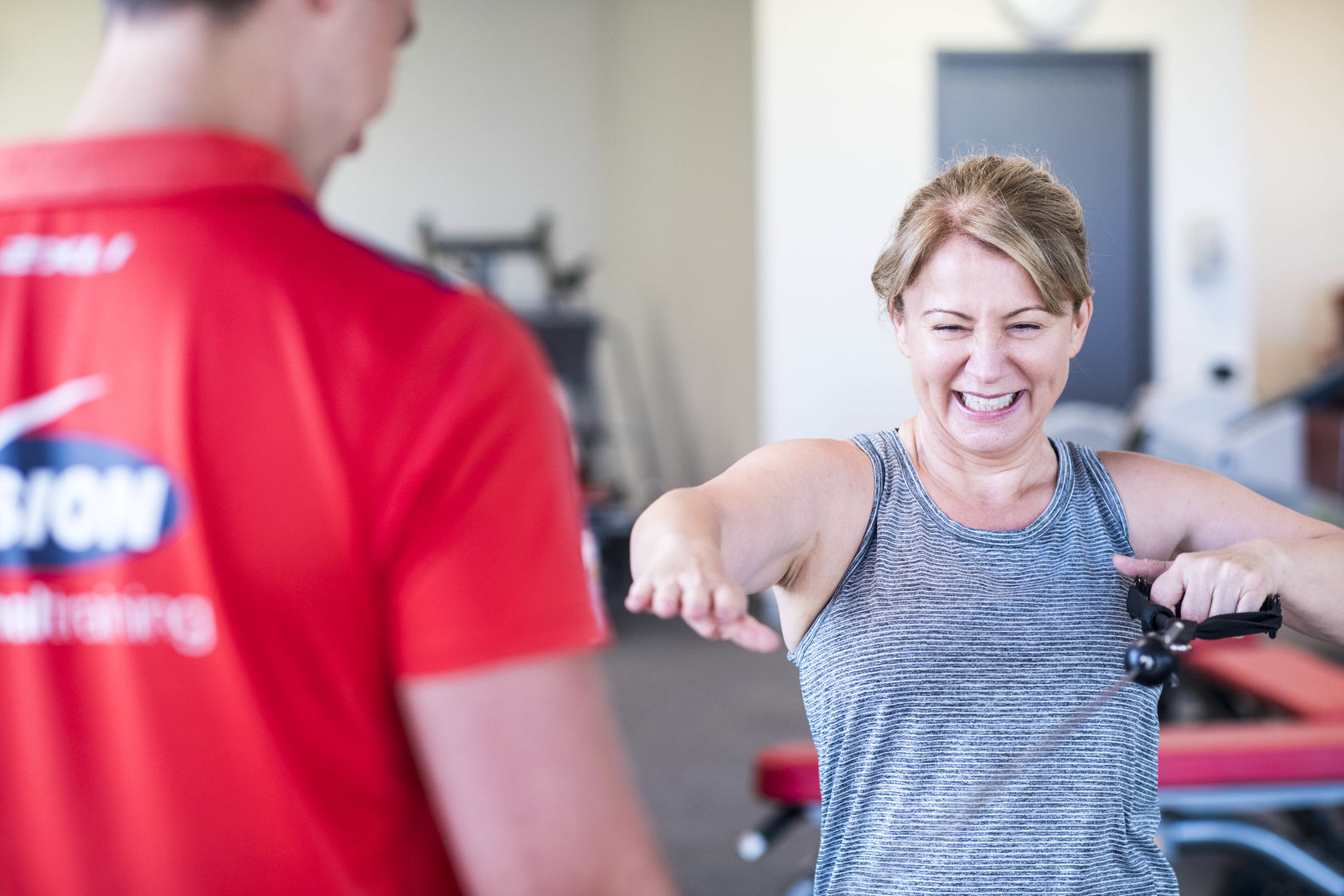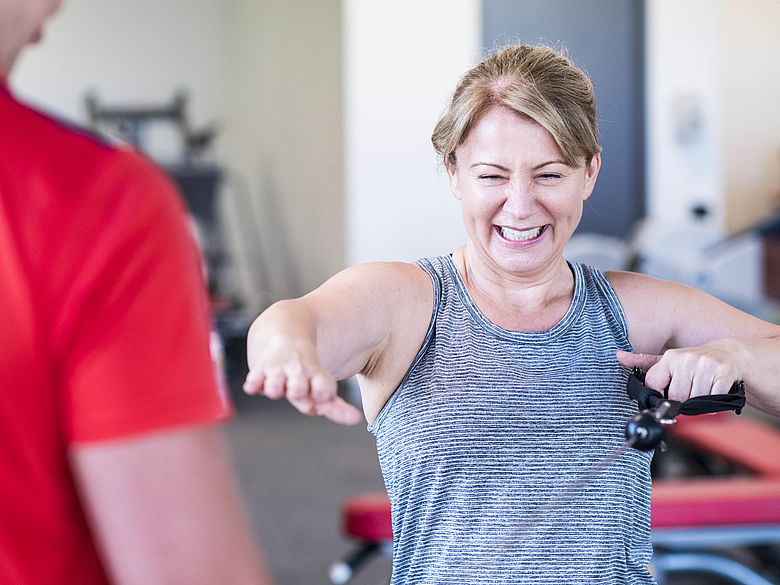Let's set the scene, you've been hard at work improving your fitness, you've hit the pavements and have slowly been racking up the kilometres, and your goal race is fast approaching. All of a sudden you are hit with an intense pain in your knee. Sound familiar? If so then there is a high chance you would have been advised to jump on to that medieval torture device and "Roll your ITB out!" Painful, right?
STOP! Make sure you carry on reading below before possibly making your injury worse!
Firstly, let's talk about what the ITB actually is. The ITB (Iliotibial Band) is a thick band of fascia that originates from your TFL (Tensor Fasciae Latae) muscle in your hip and the Gluteus Maximus muscle; and extends down the outside of your thigh, attaching just below the knee. The function of the ITB and its associated muscles is to extend, abduct, and laterally rotate the hip. In addition, the ITB also contributes to lateral knee stabilisation.
So why does this fascia cause people so much grief? ITB syndrome is the most common injury that affects the ITB and is an inflammatory injury that is usually caused by overuse from running, cycling and many other repetitive activities. Squatting with poor form can also be a culprit too! Overuse of the ITB leads to increased tension and friction which ultimately brings on the inflammatory pain that is felt on the outside of the knee. Some other common ways the ITB can become in flamed are;
- Poor biomechanics (running technique); particularly inwards rolling knees and hips
- Weak hip / gluteal muscles
- Weak hip rotators
- Weak inner quadriceps
- Weak core muscles
- Poor foot arch control
- Worn out or unsuitable runners
- Sudden increase in mileage for training
- Excessive hill training (particularly downhill)
So how do we rectify this problem? Foam rolling works by helping a muscle relax and move more easily with the fascia, or connective tissue, that surrounds it. There are no actions of the ITB since the ITB is NOT a muscle. The IT band cannot be stretched because it doesn't contract or relax; it's a totally different structure. Also keep in mind foam rolling doesn't break up knots or muscle adhesions. Breaking up a muscle adhesion would require a greater level of expertise and appropriate force than what a roller can produce and directing inappropriate force may not be healthy for the tissue anyway. To add to this, there is a nerve that runs through the length of the IT Band, so most ITB pain is a direct result of inflammation and pressure to this nerve. So, in order to fix this pain, we need to first relieve the pressure. Does foam rolling the ITB do this? I think not.
Our first port of call when trying to "fix" our injuries is more often than not to go straight to the source of the pain. Nine times out of ten this doesn't address the real source of the pain. Instead of taking your roller and hammering straight on to your poor old ITB, take your time to assess the surrounding areas. Using some gentle myofascial release techniques and targeting the TFL muscle, Gluteals, Quadriceps and Hamstrings would be time much better well spent. As if these muscles aren't working to their full potential your ITB may well be picking up the majority of the force created during your activities. Releasing these areas will ensure that all the muscles and tendons surrounding your ITB are working in unison. Completing these daily or after a workout will soon have you on your way to a new PB and more importantly pain free!
We hope you found this article helpful for your long term health and fitness success. Check out our other blogs for more articles or email us at Prahran@visionpt.com.com for any tips, advice or assistance.
*Disclaimer: Individual results vary based on agreed goals. Click here for details.

